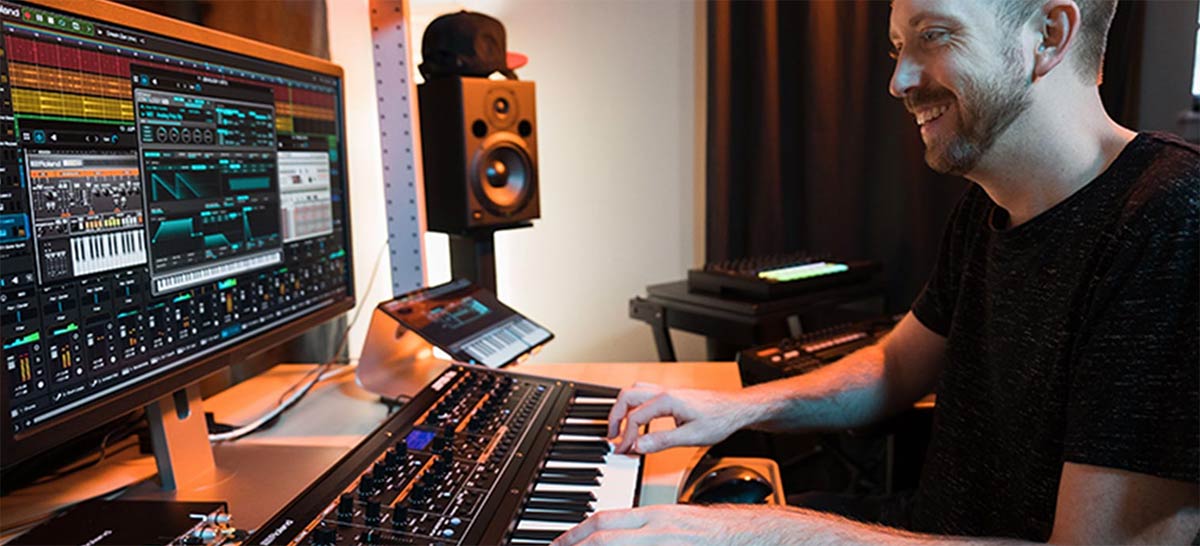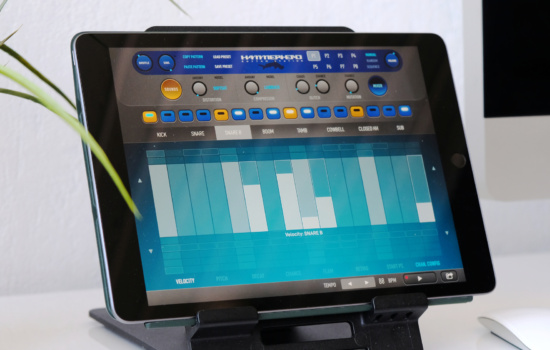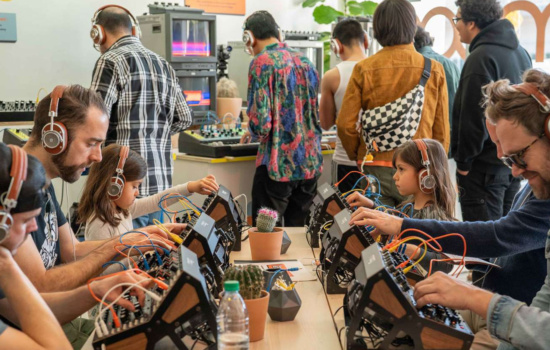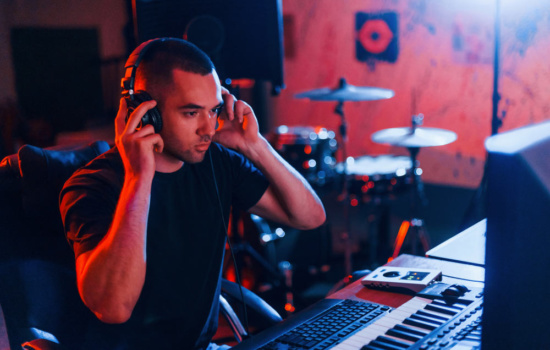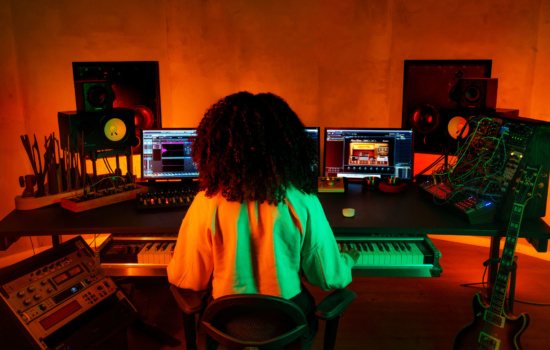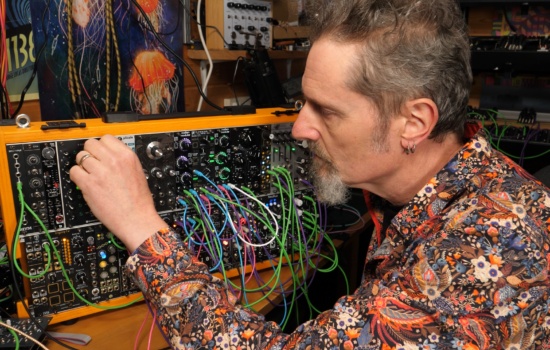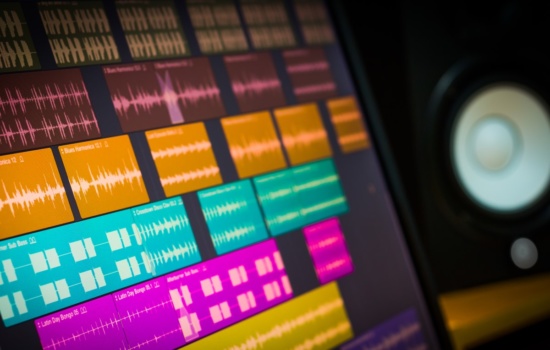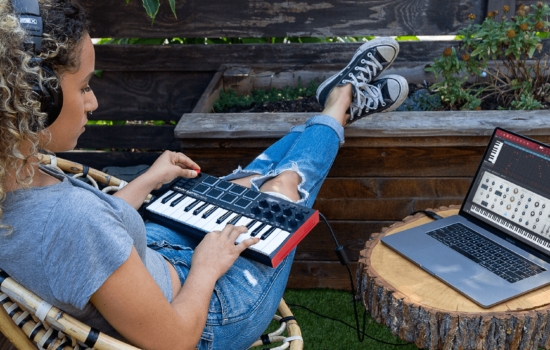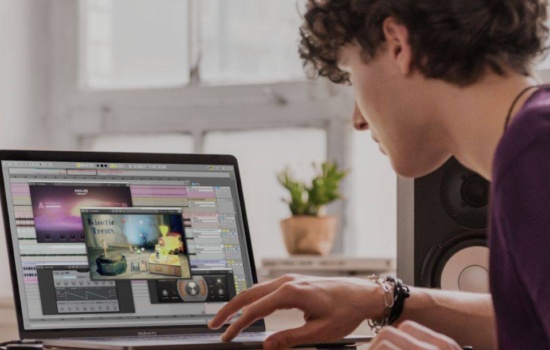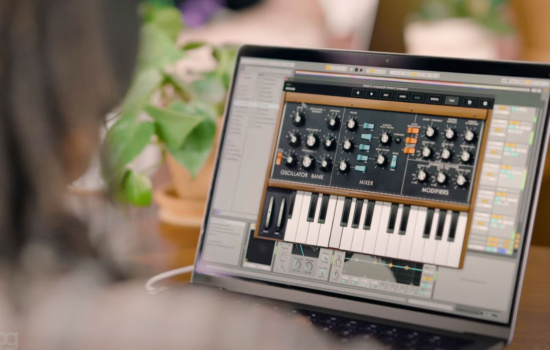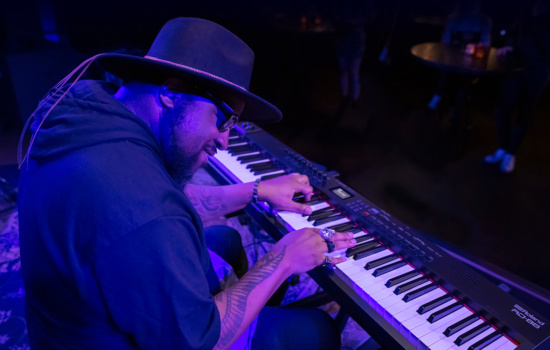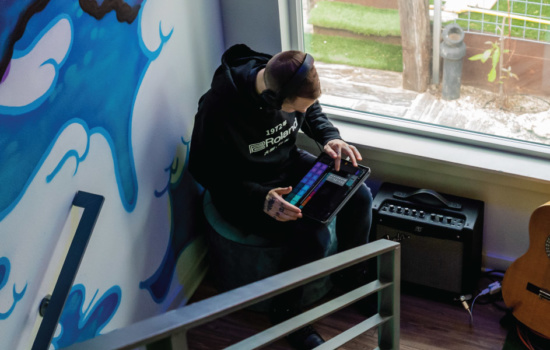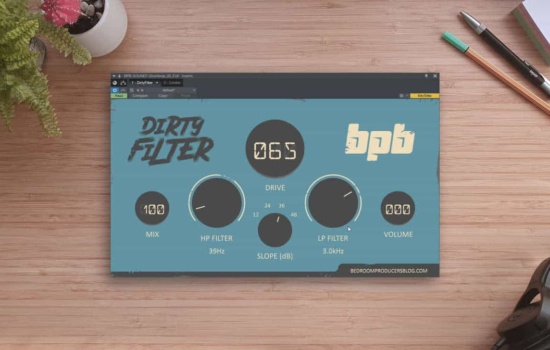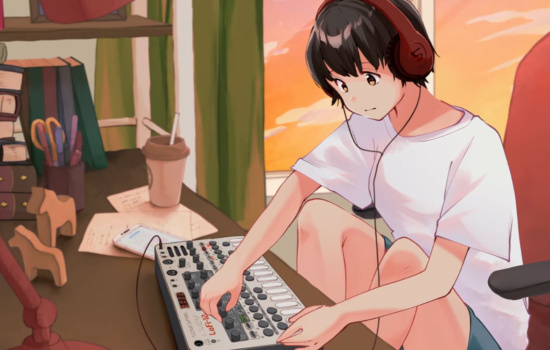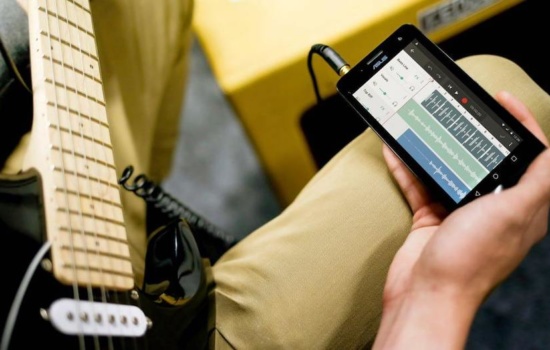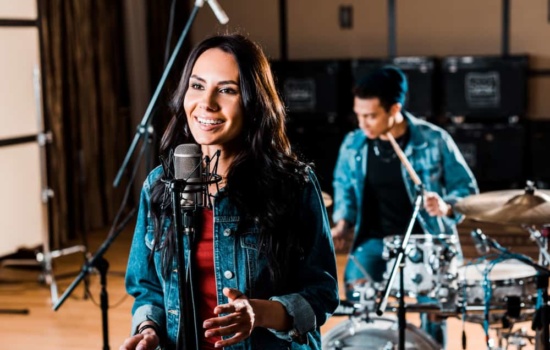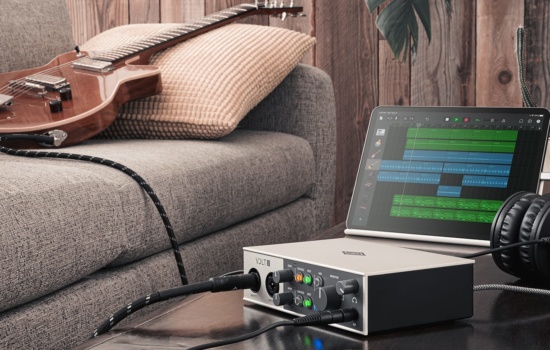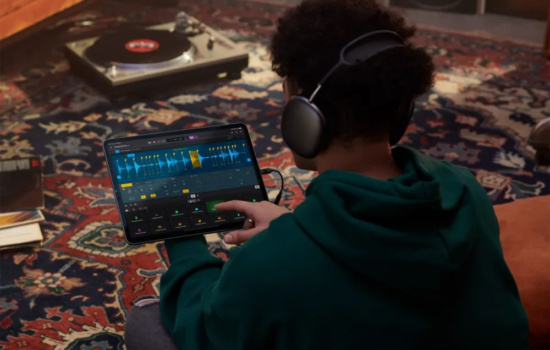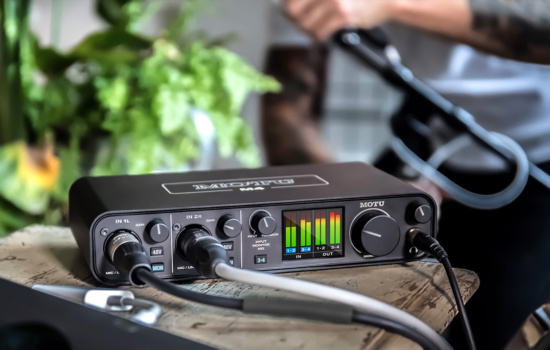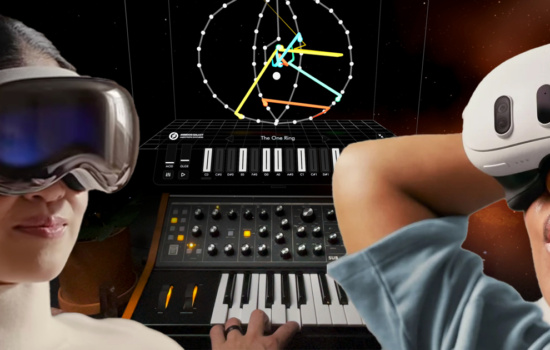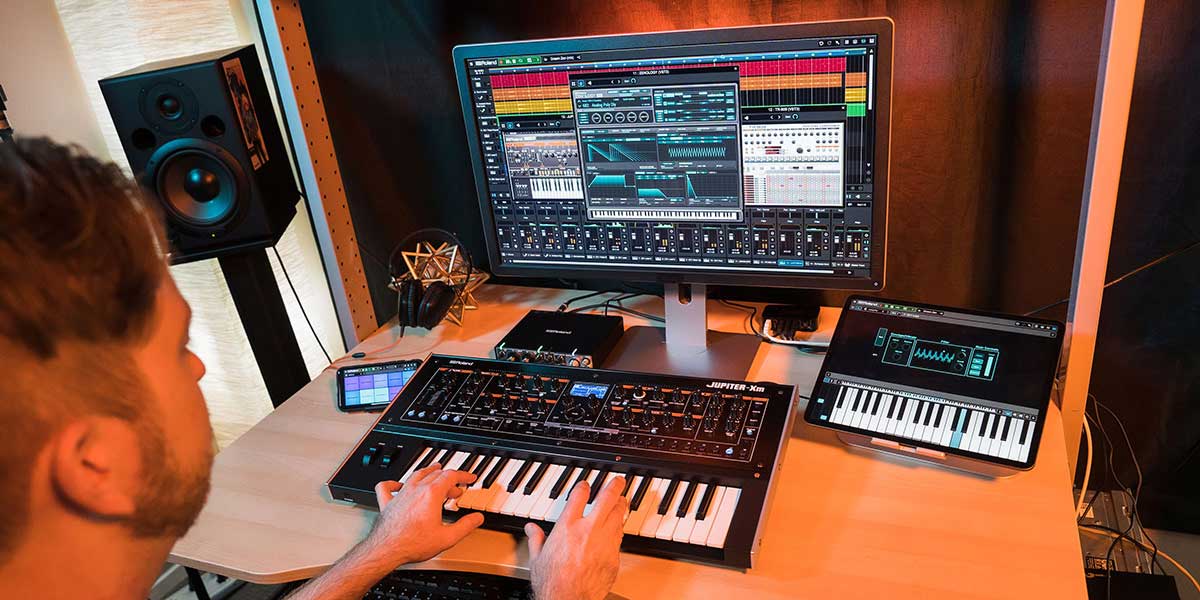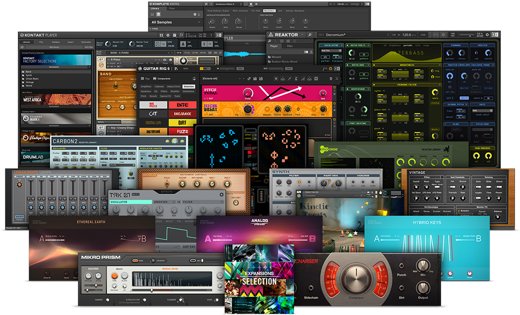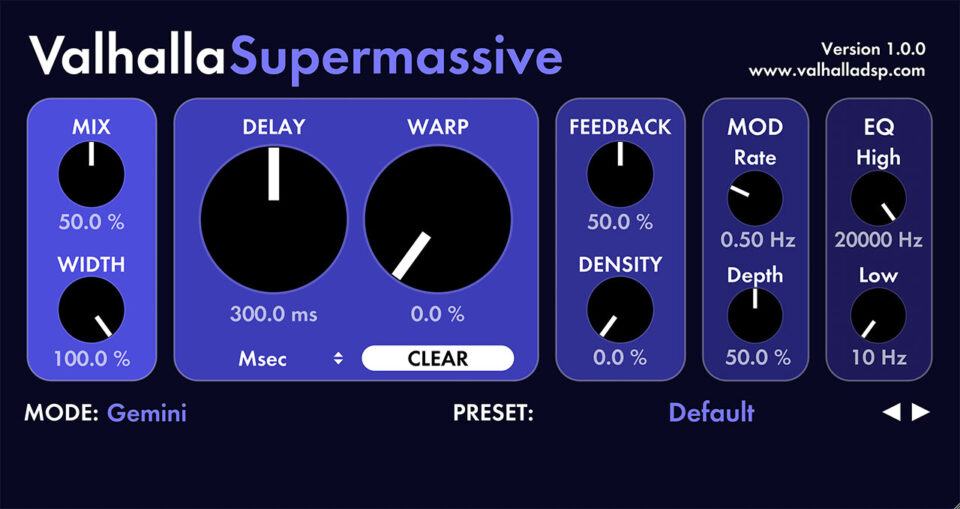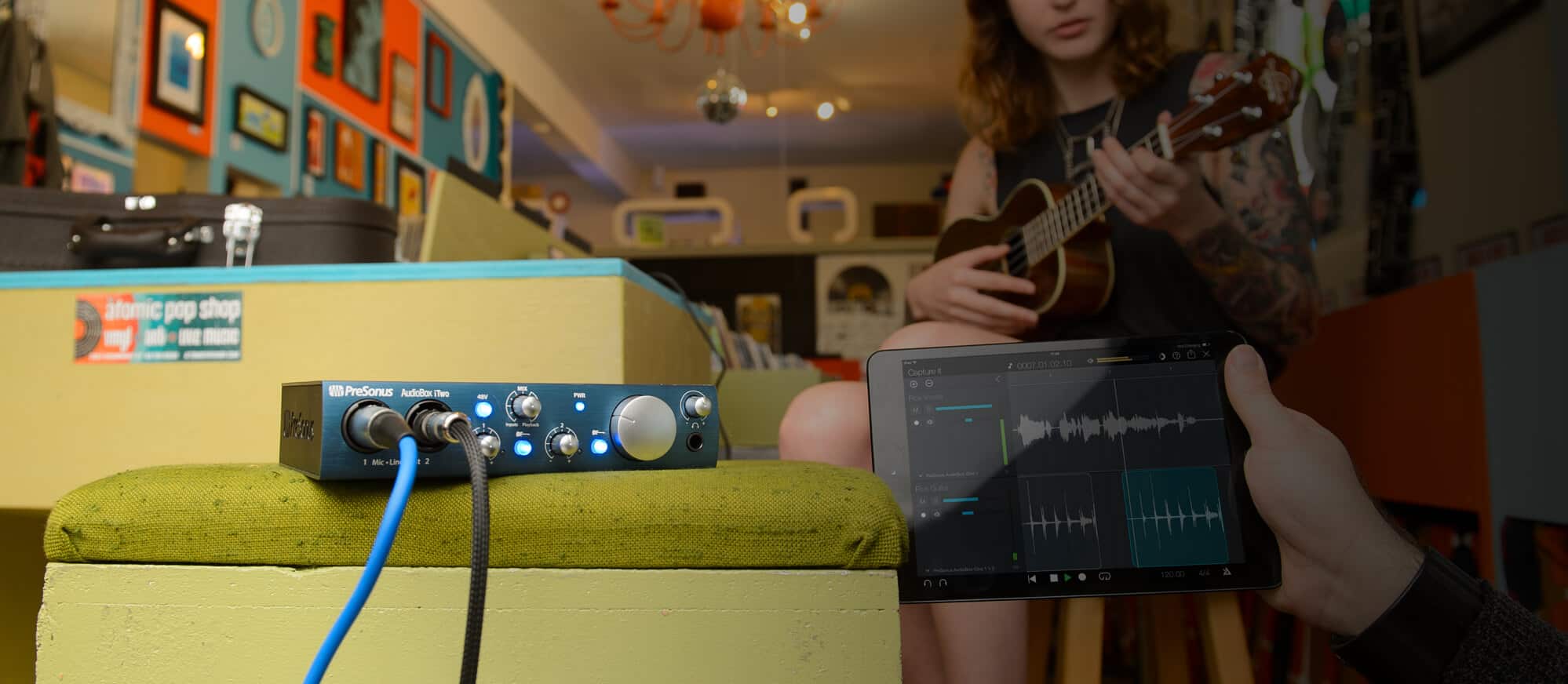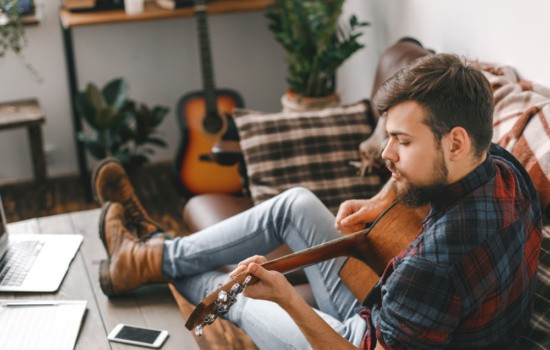With the bewildering array of software choices it can be difficult for a budding musician to find the right tools to start producing music.
It can be expensive, complicated and how do you know if you’ve made the right decision? Don’t worry, we’ve got you covered. This article will point you to some software tools that can kickstart your adventures in music production.
Your laptop can be an incredibly creative place. It can be a recording studio, a synthesizer, a source of sound and samples and the platform on which you can upload your music to the planet. To do that you need a few things, namely a DAW (Digital Audio Workstation) and some plug-ins to give you effects and instruments. The DAW will enable you to record live vocals, guitar and other real instruments while the plugins will help you craft your sound and provide access to instruments you don’t have and sounds you can’t even imagine.
We also understand that you might not have a lot to spend and so in this article we’ll focus on the more entry-level options that are either free or won’t break the bank.
So for the choice of your first DAW check these out:
- Roland Zenbeats 3
- Reaper
- Studio One Artist
- Apple Garage Band
- FL Studio Producer
And for a bunch of amazing plugins and instruments have a look at these:
- Native Instruments Komplete Start
- IK Multimedia SampleTank Custom Shop
- Spitfire Audio LABS
- Valhalla Super Massive
- Dead Duck Software
- iZotope Vinyl
Read on to discover even more of our favorite software and plugins for the home Producer!
A DAW is your main piece of recording software and stands for Digital Audio Workstation, which is not a great description of what it does. A DAW will usually enable you to do a few things. The Digital Audio side will let you record sound from a microphone like you imagine studios would do. It’s great for recording bands, musicians, and singer-songwriters.
Once you’ve recorded your performance you can then edit the audio, add effects and mix it all down as a track or song. The other side is MIDI sequencing which is all about using virtual (or hardware) synthesizers to create tracks, songs and rhythms. Somewhere in between, you can work with samples and loops. A DAW brings these ways of making music together so you can produce music in any way you want from recording orchestras to generating beats with a mouse.
As a bedroom producer, you’ll probably be working with virtual or software synthesizers and sounds that are already in the computer and you can do that just with your laptop and headphones. However, if you want to record audio, guitar, instruments or your voice then you’re going to need an audio interface to give you the right inputs to plug yourself into. For more information on that check out our article on the best audio interfaces.
There are a lot of options when it comes to choosing a DAW. Each one has its pros and cons and unique features but ultimately they all let you do the same thing – make music. The DAWs in this list are what I consider to be the best ones for people starting out. There’s no point splashing out hundreds of dollars on a professional piece of software when you have no idea whether it’s going to suit you.
So check out our list, watch some YouTube videos on how they work and then try something out. The important thing to remember is that they will all help you make music and so you can’t put a foot wrong.
Most professional DAWs have a slightly simpler and cutdown version which can be awesome for beginners and actually then tend to have all the features most people ever use. Some are free, all are affordable so this is the place to start.
Here are my Top 5 DAW recommendation for home Producers:
This is a fabulous piece of recording software. It’s packed full of beat-making and looping tools so you can bash out rhythms and ideas in no time. It’ll run on your computer and your phone so you can make music on the move and then work on it at home. Comes with loads of effects, loops and instruments and it’s completely free.
For a handful of dollars you can expand the sounds, expand the instruments and add in support for third party VST effects and instruments which is pretty vital in my book as it lets you use plugins from other developers like those in this article.
Street Price: Free
roland.com
Reaper has been the starting point for many bedroom producers. It has a very traditional way of working with audio tracks, mixing and MIDI sequencing and so any skills learned here will be easily transferable to any other DAW.
There’s a great community around it and the internet is full of tutorials and guides into how to make music with it. You get a long trial period to try it out for free and then it’s just $60 and will run VST and AU effects and plugins.
Street Price: $60
Reaper.fm/
Studio One is one of the best DAWs around. There’s an excellent free version called Studio One Prime but I’d recommend investing in the Artist version as it transforms it into a fully fledged recording and music production studio.
It’s packed full of creative editing tools, plugins and instruments and fully supports VST and AU plugins as well. You’ve got advanced features like drum and pattern editing, groove extraction, vocal comping and retrospective recording. It’s a seriously good piece of software.
Street Price: Free to $99
presonus.com
GarageBand just makes everything easy. You can run it on your iPhone, iPad or macOS on an iMac or MacBook. It looks and functions just like a studio with multiple tracks and simple controls. It may not have the depth of other DAWs but it can’t be beaten for simplicity.
You don’t need any other gear you can get straight into it using the inbuilt audio system of your Apple device. You can write melody lines, record your voice, guitar or any other instrument. It comes with a lot of great sounds and virtual instruments to start building your tracks and arranging your music.
The drum tracks can take full advantage of thousands of loops covering all sorts of genres for instant grooves and creative opportunities. You can then mix it and automate it, drop in effects and go to town on your tracks.
Simple, easy, but only for Apple.
Street Price: Free
apple.com
Don’t forget to read our guide on the best iPad audio interfaces!
Talking about electronic music FL Studio has long been the choice of EDM producers. It has a uniquely pattern based workflow and is packed full of sounds, samples and effects.
The Producer version will cost a bit more but it includes 85 instruments and effects, masses of content, audio recording, looping, mixing and a lifetime of free updates – so you only ever have to buy it once.
Street Price: $99 to $399
image-line.com
There is a huge array of software sounds, synths and instruments available out there ranging from free to ridiculous, dodgy to magnificent. You don’t have to spend a lot to pickup some really stunning sounds and don’t forget that your DAW will probably come with some to get you started.
Here are my recommendations for some cool and surprisingly free virtual instruments:
Get this first, it’s completely free and comes with high quality professional sounding instruments and effects. You get a bunch of synths that include the standard bass and leads you need plus weird and wonderful sounds, pads, noises and even a modular synthesizer.
Then there’s Kontakt with a selection of high quality sampled sounds including pianos, band instruments, world, soundscapes and hybrids.
There are over a dozen studio quality effects including mastering and guitar amp simulations. And they round it off with 1,500 loops and samples.
It’s free but also easily expandable as you find you need more.
Street Price: Free
native-instruments.com
This is also free and comes with 50 sampled instruments and over 4GB of content. It’s like a workstation synth that covers all the instruments that you’d find in a general keyboard. So you’ll have strings, keys, synths, drums, effects and voices.
It has a superb groove engine to help you generate patterns and build tracks. It has an excellent effects section to process the sounds. And it’s expandable from the huge SampleTank library.
This is a must-have.
Street Price: Free
ikmultimedia.com
If you’re looking for something more quirky, unique and interesting then sample a bit of LABS. Spitfire Audio based in London make some of the most amazing orchestral libraries you can find but they also have a range of free instruments that do strange things to samples they’ve recorded and turn them into fabulous instruments.
You’ll find instruments such as Pedal Pads, Music Box, Scary Strings, Frozen Strings, Synth Pads, Moon Guitar and a superb drum kit to name but a few.
Street Price: Free
labs.spitfireaudio.com/
Native Instruments Komplete Start that I mentioned above comes with a bunch of effects but there are plenty more out there that you might find interesting to add to the ones already inside your DAW.
You need these plugins:
Valhalla produce some brilliant sounding effects based around reverb and delay. From their range there are three that are completely free and must-haves for any experimental musician.
Space Modulator is a take on flanging, that moving, wobbling sound of things in motion. Freq Echo will move you to new dimensions with frequency shifting and analog echo emulation. Super Massive is a ridiculously deep and mysterious reverb and delay that’s so good it has no right being free.
You have to get these.
Street Price: Free
valhalladsp.com
For a great bunch of free VST plugins then check out Dead Duck Software. The free bundle comes with 26 effects covering all the mixing and processing essentials. It’s a great addition to any DAW and gives you alternatives to play with.
They also have some free instruments.
Street Price: Free
kvraudio.com
Want to add some crunch and a lo-fi vibe to your music? Then how about a plug that introduces the sound of vinyl. iZotopes Vinyl plugin lets you add dust, scratch, warp and mechanical sounds to your music.
It’s free so go and get it.
Street Price: Free
izotope.com
There’s one more thing which is out of the scope of this article but needs a mention. How are you going to plug your voice, microphone, guitar or piano into your computer? Sure, computers have audio inputs or inbuilt microphones but are they really any good for music recording? No, not really. To get started all you need is a laptop and some headphones and that’s true but once you want to record real sounds then you are going to need an audio interface.
An audio interface is a box that usually connects to your computer via USB and provides you with proper connections for microphones and guitars and also high quality outputs for speakers and headphones. They will work brilliantly with your DAW software providing a much higher quality of sound and remove the delay or latency you might hear when playing software instruments. Check out our article on MIDI controllers because if you’re a player then you might want to bring a keyboard into your music making.
Also, audio interfaces tend to come with a bundle of music making software so it might even be a better place to start.
